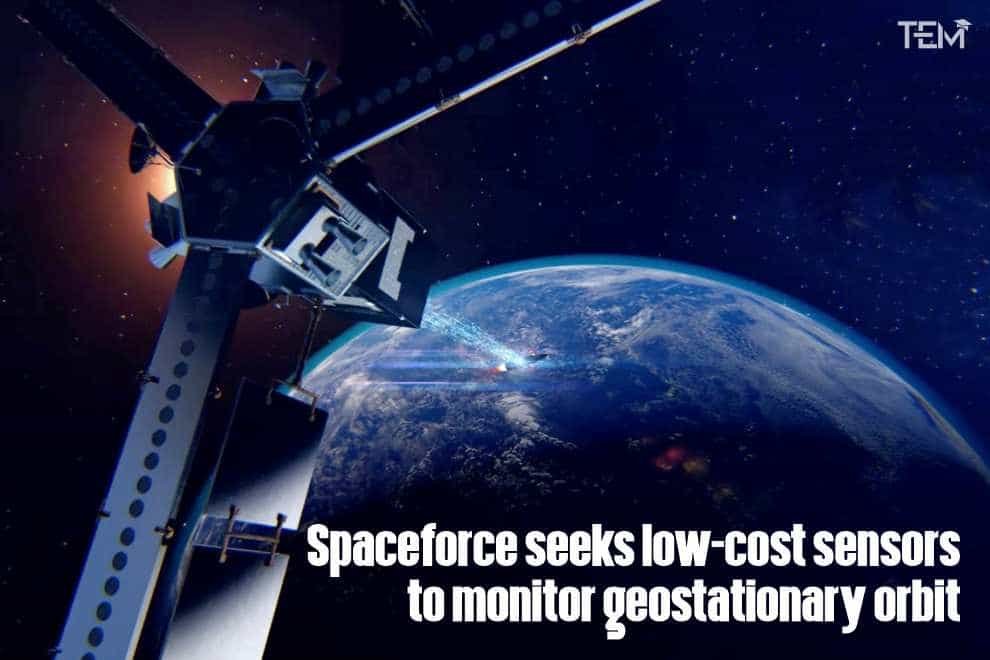Key Highlights:
- GEOST, a tiny Tucson, Arizona-based business, was awarded two $38 million contracts from the United States Space Force to create an optical sensor payload.
- The Space Force intends to spread these sensors across geostationary orbit, therefore the $10 million goal price is critical.
- According to Hartman, Space Systems Command is attempting to assess the industry’s potential to create at least three to four, if not more, sensors every year.
Monitoring geostationary orbit
GEOST, a tiny Tucson, Arizona-based business, was awarded two $38 million contracts from the United States Space Force to create an optical sensor payload that could be placed on government or private satellites to scan the geostationary belt more than 22,000 miles above Earth.
The contracts given to the business involve the design and development of the sensor, ground infrastructure, technical support, and integration with the host platform and launch vehicle ($6 million in November 2020 and $32 million in December 2021). However, the actual payload costs less than $10 million, a critical pricing factor that the Space Force believes would allow them to be deployed in huge numbers, according to GEOST vice president and general manager Joshua Hartman.
According to Hartman, the company’s payload will be ready for flight in 2023. The Space Force has not yet designated a host satellite, but the program’s overall goal is to develop sensors that could be installed on practically any US or allied government or commercial satellite to give space domain awareness.
The Space Force intends to spread these sensors across geostationary orbit, therefore the $10 million goal price is critical, according to Hartman.
Frequent Revisits
In an Oct. 21 RFP, the Space Systems Command stated that the Space Force is contemplating purchasing a significant number of “space domain awareness sensors to supplement current and planned systems.” To get “frequent revisits of major parts of the GEO belt,” many sensors would be required.
“The aim is to show militarily effective, space domain awareness hosted sensor solutions with much reduced ongoing engineering costs,” according to the Space Force’s call for information.
According to Hartman, the $10 million price tag is a fraction of what the military has previously paid for space sensors, and it would be significantly less expensive than installing dedicated satellites for GEO belt monitoring.
According to Hartman, Space Systems Command is attempting to assess the industry’s potential to create at least three to four, if not more, sensors every year. He noted that when the GEOST payload launches in 2023 and establishes its capabilities, the business hopes to land a manufacturing contract.
The Space Force has been negotiating contracts with international partners to host US payloads on their spacecraft. Two space domain awareness (SDA) payloads are planned to fly aboard Japan’s Quasi Zenith Satellite System (QZSS) navigation satellites.
“The program’s major goal is to establish a successful space relationship between the United States and Japan while reaching SDA usefulness,” program officials noted in a white paper. “This program will provide the groundwork for future cooperation with additional international and/or commercial partners.”
Read more: Six ways satellites contribute to a healthier future










